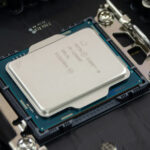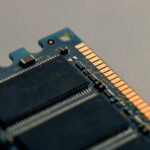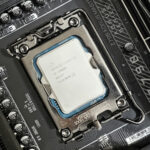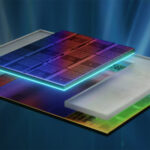Hexagon is a trademarked name for a series of digital signal processors and neural processing units developed by Qualcomm and included as a coprocessor in […]
Tag Archives: Hardware
MediaTek Helio vs MediaTek Dimensity: A Comparison
The introduction of affordable mobile chips from MediaTek, which began in 2003, enabled many smaller companies to enter the mobile phone market. The further arrival […]
Snapdragon vs Exynos: Which One is Better?
Android smartphones and tablets under the Samsung Galaxy line come in either Samsung Exynos or Qualcomm Snapdragon. Samsung Electronics first started using its first Exynos […]
Snapdragon vs MediaTek Processors: A Comparison
Snapdragon from the United States-based Qualcomm Incorporated and MediaTek from Taiwan-based MediaTek Inc. are two of the most common brands of systems-on-a-chip found in a […]
Intel UHD Graphics: Review Features, Pros, and Cons
Intel rebranded its Intel HD Graphics line of integrated graphics processors in 2017 to Intel UHD Graphics to reflect the newer capability of supporting higher […]
DDR5 SDRAM: Advantages and Disadvantages
DDR5 SDRAM or Double Data Rate 5 Synchronous Dynamic Random-Access Memory is the successor to the older and established DDR4 SDRAM technology. It represents a […]
DDR4 vs DDR5 SDRAM: What is the Difference?
Both Double Data Rate 4 Synchronous Dynamic Random-Access Memory and Double Data Rate 5 Synchronous Dynamic Random-Access Memory or DDR4 and DDR5 are variants of […]
Intel Smart Cache: Background, Purpose, Pros, and Cons
The modern designs of central processing units and even parallel processing units like integrated and discrete graphics processors have gone beyond increasing frequencies or clock […]
AMD 3D V-Cache: Background, Purpose, Pros, and Cons
Several models of AMD Ryzen processors are equipped with a proprietary hardware component called 3D V-Cache. This feature is specifically found in high-end Ryzen 7 […]
L1 Cache vs L2 Cache vs L3 Cache: What is the Difference?
There are three categories or levels of cache in computer processors. These are the L1 cache, the L2 cache, and the L3 cache. The specifications […]









